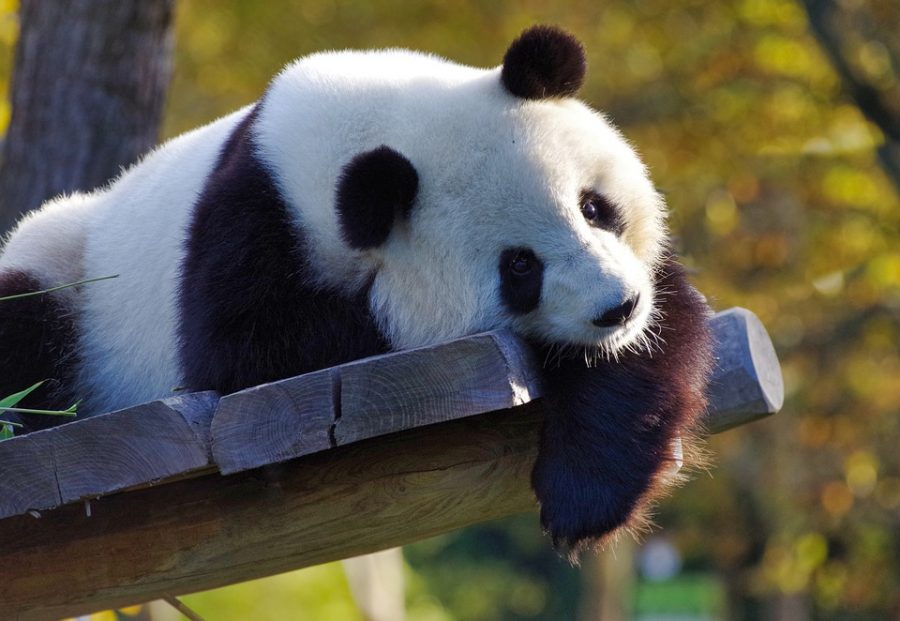Extinction causes devastating impact
Similar to a number of other species, the giant pandas are endangered and could become extinct if care isn’t take to secure their population. According to National Geographic, more than 1.9 million animal species have gone extinct, and anywhere between 10,000 and 100,000 more go extinct each year.
On New Years’ Day, another species fell prey to the global travesty of extinction – Lonely George, the tree snail, was the last of its kind.
According to National Geographic, the loss of any species of snail can have devastating effects on the environment. One example of this is in Hawaii, where tree snails are responsible for reducing the abundance of fungi on tree leaves. The absence of these snails can be credited with the loss of many native trees.
Over 90 percent of tree snails were declared endangered or extinct 10 years ago, but since this time, researchers have discovered several new kinds of snail as well as a few survivors of species that were thought to be extinct.
The issue of extinct and endangered snails is a major problem for several ecosystems around the world, but unfortunately snails aren’t the only ones in trouble.
Human action plays an immense role in decreasing the amount of wildlife the earth contains. There are several reasons for this.
Humans have been tearing down trees and building on top of ecosystems since the beginning of recorded history, but there are other things being done that harm animals and wildlife. Pollution, illegal hunting and the introduction of nonnative species to new environments are all reasons that extinction levels are rising.
Invasive species are a huge part of this. One scenario of this that is well-known to Floridians is the Burmese pythons that were released into the Everglades and other places. Native to Southeast Asia, these pythons have taken over Florida and created negative effects on the other animals that call it home.
Some of these snakes were released after people keeping them as pets decided they didn’t want them anymore and let them go into the wild. Because pythons are well-suited for the warm, swampy environment of Florida, they compete with the native species for prey, take over lots of the remaining space that is untouched by humans and have killed many other species that reside there.
In addition to this, they have been declared a breeding population, and they’re multiplying extremely quickly. According to National Geographic, more than 1.9 million animal species have gone extinct, and anywhere between 10,000 and 100,000 more go extinct each year. The rates are going up exponentially.
Many people either don’t know enough about the animals that are endangered or they just don’t care enough to do anything.
Some very well-known endangered species include the African elephant, giant panda, tiger, blue whale, sea otters, gorillas and thousands more. Sometimes the only safe haven for these animals are in zoos, and the unfortunate reason for this is habitat removal.
Until mankind decides to make a change and put more effort toward the preservation of animals, this issue will continue to take more species – each time removing a vital piece of our ecosystem.
Fortunately, there are some things that we as individuals can do to work toward the goal of a safe living environment for all animals.
According to Huffington Post, a few things that can be done to limit the effect everyone has on the environment are small things like driving cars less, recycling, buying products from companies that use sustainably obtained ingredients, eating less meat and volunteering or donating to projects that help endangered species.
Another major part of this is voting for officials who feel strongly about the harmful effects that fossil fuels have on climate and the environment, as global warming is one of the main problems that cause habitat loss.
Although this process will take lots of time and effort to slow and eventually stop, in the end all the consequences would be well worth it. The Earth is a beautiful place, and it’s up to each and every one of us to keep it that way.


